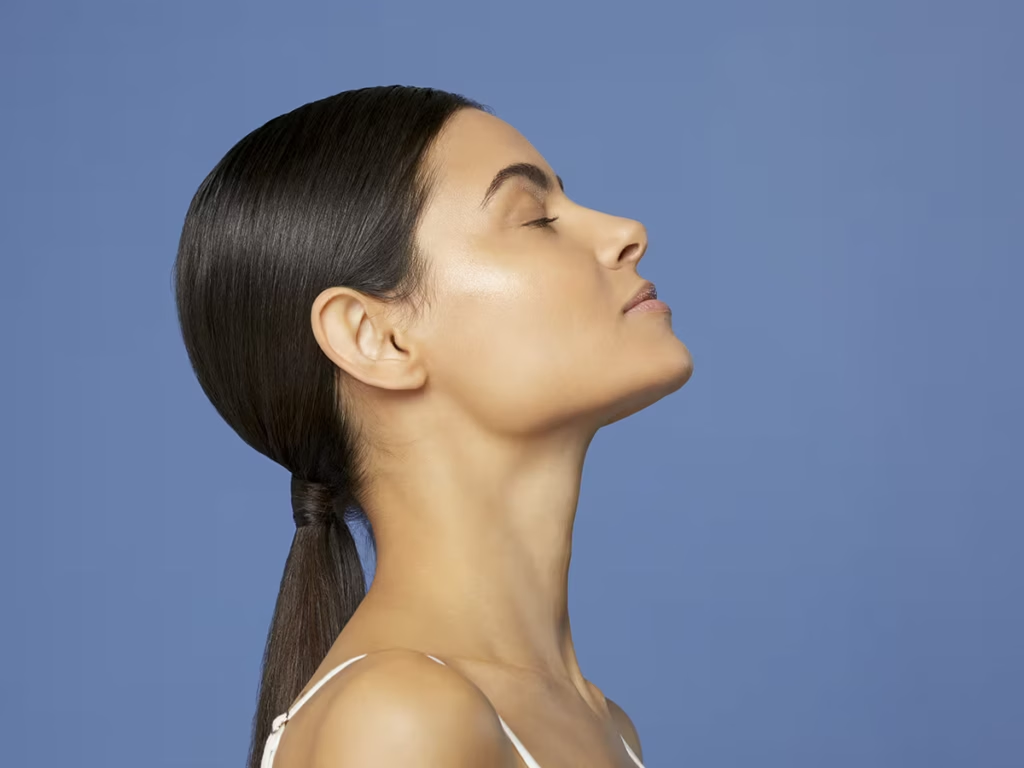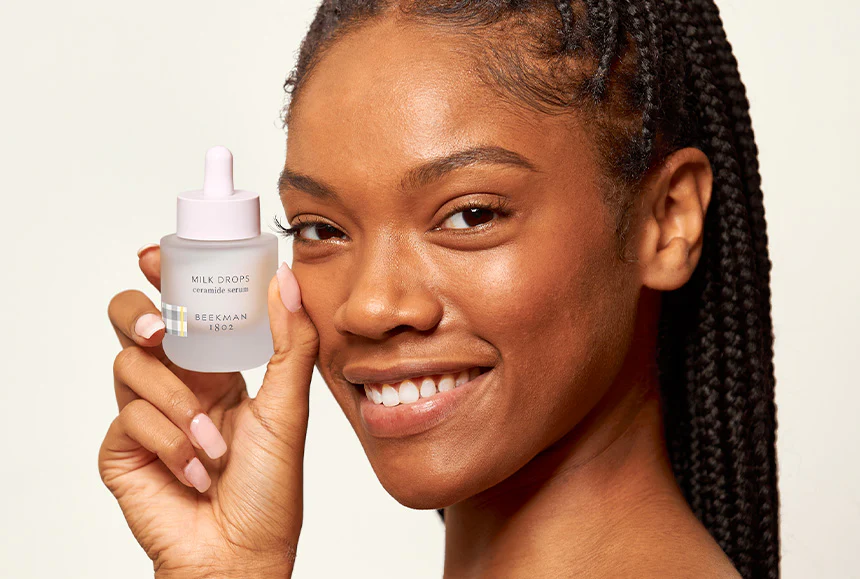When winter rolls in, so does the discomfort of dry, flaky, and tight-feeling skin. Harsh winds, low humidity, and indoor heating can all strip your skin of essential moisture. For those dealing with dry winter skin, the key isn’t to overload your vanity with dozens of products—but rather to simplify your skincare into a minimalist routine that hydrates, soothes, and protects.
A minimalist approach to winter skincare not only saves time and money, but it also reduces the risk of irritation that can come from over-layering or using incompatible products. In this guide, we’ll walk through how to build a streamlined, effective routine for dry skin during the colder months, using only the essentials your skin truly needs.
Why Minimalism Works for Dry Skin
Many people assume more products mean better skin, but that’s rarely the case—especially in winter. When skin is already compromised due to cold weather, less truly is more.
A minimalist skincare routine:
- Reduces irritation from over-exfoliation or too many active ingredients.
- Helps maintain the skin barrier, which is crucial for locking in moisture.
- Saves time and effort without sacrificing results.
- Improves consistency, as fewer steps mean you’re more likely to stick with it.
Now let’s build a minimalist skincare regimen step by step.
Step 1: Gentle, Hydrating Cleanser (Morning & Night)
In winter, it’s essential to use a non-stripping, hydrating cleanser that removes dirt and excess oil without drying out the skin. Avoid foaming cleansers with sulfates, as they can further damage the skin barrier.
What to Look For:
- Cream or balm textures
- Ingredients like glycerin, ceramides, or oat extract
How to Use:
- Massage gently into damp skin using your fingertips.
- Rinse with lukewarm (not hot) water.
- Pat dry with a soft towel—don’t rub.
💡 Pro Tip: If your skin feels tight after cleansing, your cleanser may be too harsh.
Step 2: Hydrating Toner or Essence (Optional but Beneficial)
While not strictly necessary, a lightweight hydrating toner or essence can help replenish moisture after cleansing. If your skin is particularly dry or dehydrated, this extra layer can make a noticeable difference.
What to Look For:
- Hyaluronic acid
- Aloe vera
- Panthenol (Vitamin B5)
How to Use:
- Apply a few drops into your hands and pat directly onto the skin.
- Use this step after cleansing and before moisturizer.
Step 3: A Rich Yet Non-Greasy Moisturizer (Morning & Night)
The core of your minimalist routine is a moisturizer that provides deep hydration and seals in moisture throughout the day. During winter, opt for richer formulas, but avoid greasy products that can clog pores.
What to Look For:
- Ceramides
- Squalane
- Shea butter
- Hyaluronic acid
- Niacinamide (optional for redness or sensitivity)
How to Use:
- Apply a nickel-sized amount to damp skin (after toner or essence).
- Press it into your skin rather than rubbing for better absorption.
Step 4: Broad Spectrum SPF (Morning Only)
Yes—even in winter—you still need sunscreen. UV rays penetrate clouds and can damage dry, vulnerable skin. A good sunscreen protects against further dryness, hyperpigmentation, and premature aging.
What to Look For:
- SPF 30 or higher
- Moisturizing formulations (avoid alcohol-heavy sprays or gels)
- Zinc oxide or titanium dioxide for sensitive skin
How to Use:
- Apply generously as the final step in your morning routine.
- Reapply every two hours if outdoors or near windows for prolonged periods.
Step 5: Gentle Overnight Treatment (2–3 Times Per Week)
Exfoliation is important—but overdoing it in winter can backfire. Instead, use a gentle, nourishing overnight treatment that lightly resurfaces or deeply hydrates.
Two minimalist options:
- A low-dose lactic acid serum: Encourages cell turnover without drying the skin.
- A sleeping mask: An ultra-hydrating treatment to boost moisture levels overnight.
How to Use:
- Apply after your regular moisturizer.
- Rotate 2–3 times per week depending on your skin’s tolerance.
Optional: Facial Oil (For Extra Dryness)
If your skin still feels parched, a facial oil can be layered on top of your moisturizer to lock in hydration.
Best Oils for Winter Skin:
- Rosehip oil
- Marula oil
- Squalane oil
- Jojoba oil
Start with just 2–3 drops at night and warm it between your palms before pressing into the skin.
Sample Minimalist Winter Skincare Routine
Morning Routine:
- Gentle cream cleanser
- Hydrating toner or essence (optional)
- Rich moisturizer
- SPF 30+
Evening Routine:
- Gentle cleanser
- Hydrating toner (optional)
- Moisturizer
- Facial oil (if needed)
- Overnight treatment (2–3x/week)
This routine uses 3–5 core products, depending on your skin’s needs, and focuses on nourishment, protection, and repair.
How This Routine Supports Mature or Sensitive Skin
Many people over 40 or those with sensitive skin are especially prone to winter dryness. A minimalist routine not only minimizes irritation but also helps maintain elasticity and support the natural skin barrier, which becomes more fragile with age.
In fact, keeping your skincare routine simple is the perfect foundation before applying cosmetics. If you’re preparing to put on makeup for an event or everyday wear, understanding your skin’s hydration level is the first step. Properly moisturized skin helps makeup glide on evenly and prevents patchiness or flaking.
This ties into another important aspect of beauty: How to Apply Makeup for Mature Skin Step by Step. A well-prepped, hydrated face ensures that foundation and concealer don’t settle into fine lines or emphasize dry patches, especially during winter months.
Final Tips for Maintaining Dry Skin in Winter
- Use a humidifier: Indoor heat can dry out the air. Using a humidifier can help keep your skin hydrated while you sleep.
- Drink more water: Hydration starts from within. Aim for at least 6–8 glasses of water a day.
- Avoid long, hot showers: They may feel relaxing, but hot water strips the skin of natural oils.
- Read your ingredient labels: Avoid alcohols, strong acids, and synthetic fragrances that can be irritating during winter.
Conclusion
You don’t need a 10-step skincare routine to have healthy, glowing skin in winter. By focusing on a few high-quality, hydrating products and using them consistently, you can protect your skin barrier, reduce dryness, and restore comfort to your skin.
A minimalist skincare routine for dry winter skin is about simplifying without sacrificing results. Choose products that nourish, shield, and support your skin—and you’ll feel the difference in just a few days.
Need help choosing the best products for your skin type or age group? I’d be happy to create a customized routine based on your preferences and budget. Just let me know!







